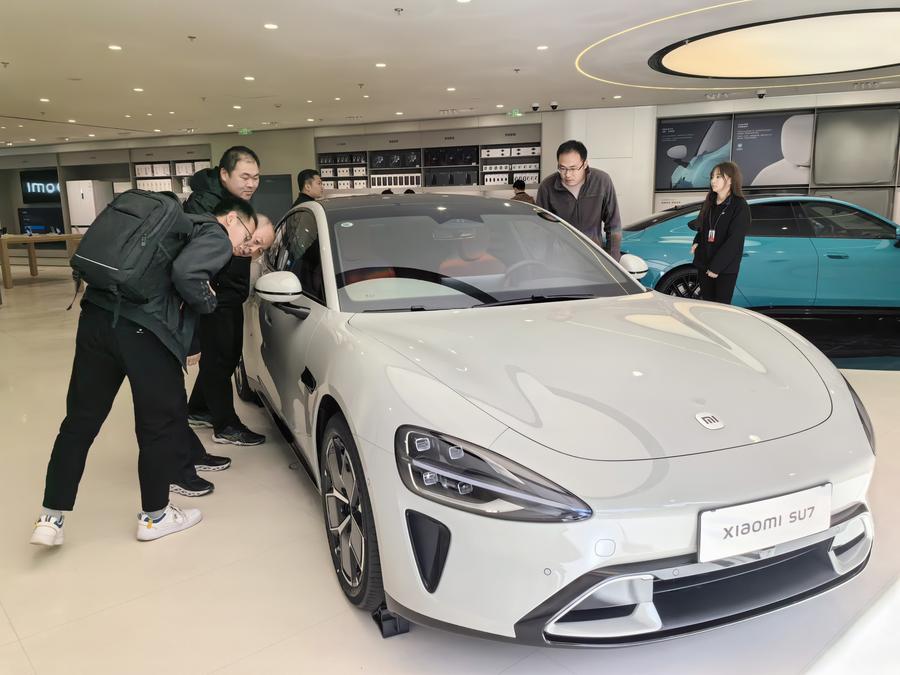
If new energy vehicles can meet actual usage needs, their proportion in the total annual procurement of official vehicles should not be less than 30 percent in principle, the Ministry of Finance said in a notice unveiled on Monday via its website.
The notice stipulated that for official vehicles to be characterized by relatively stable routes, specific usage scenarios and primarily operating within the confines of urban areas, the procurement policy should, in principle, prioritize the use of 100 percent NEVs.
Additionally, when engaging in vehicle leasing services, there should be a preferential consideration for leasing NEVs.
"Procurement entities should enhance the management of government procurement demand for official vehicles, fully understand the functions and performance of NEVs, and take the lead in using NEVs based on actual need," the notice said.
"The competent budget units are responsible for guiding and overseeing affiliated budget units to adhere to the prescribed proportions for the procurement of NEVs in government purchases, and to guarantee the necessary support measures for the deployment and utilization of these vehicles," it added.
The ministry said the notice aims to strengthen the management of NEV procurement in government purchases and support the promotion and use of NEVs. It is in line with the guidelines promoting green transition in all areas of economic and social development issued by the Communist Party of China Central Committee and the State Council in August.
It is also in line with the regulations on the management of official vehicles for government and Party organizations, as well as the 14th Five-Year (2021-25) Plan for energy conservation and resource utilization in public institutions, among others, the ministry said.
NEVs play a great role in reducing carbon emissions in the transportation industry. China, at the frontier of NEV production and consumption, has thereby made significant contribution to global green development.
According to official data, the NEV market share in China was just above 1 percent in 2015, but has since surged thanks to an expedited green transition of the Chinese economy.
According to a recent report by iiMedia Research, the market size of China's NEV sector reached 11.5 trillion yuan ($1.58 trillion) in 2023, growing by 16.2 percent year-on-year. The market is projected to expand to 23.1 trillion yuan by 2025.
Zhu Keli, founding director of the China Institute of New Economy, said that the move has highlighted the nation's firm determination for green and sustainable development.
The increased adoption of NEVs in government purchases is expected to drive greater market demand and promote coordinated development across the entire NEV industry chain, said Zhu.
"This will enable enterprises to scale up production, reduce manufacturing costs and ultimately accelerate technological advancements and industrial upgrades across the sector," he explained.
In addition, the rising demand for charging NEVs is likely to enhance the coverage and convenience of charging infrastructure, creating more favorable conditions for the widespread adoption of NEVs and further promoting sustainable green transportation, Zhu added.
Yin Mingyue contributed to this story.


